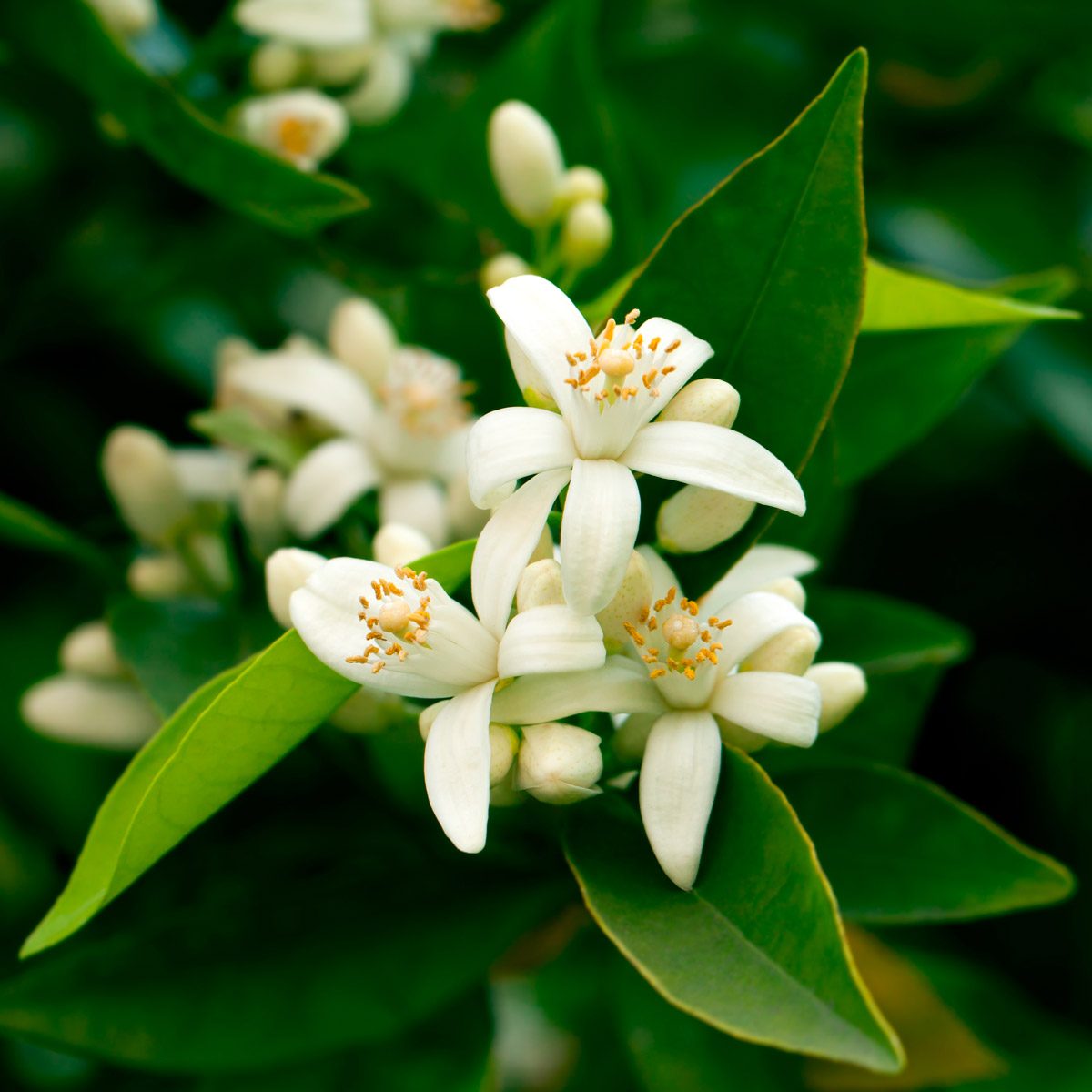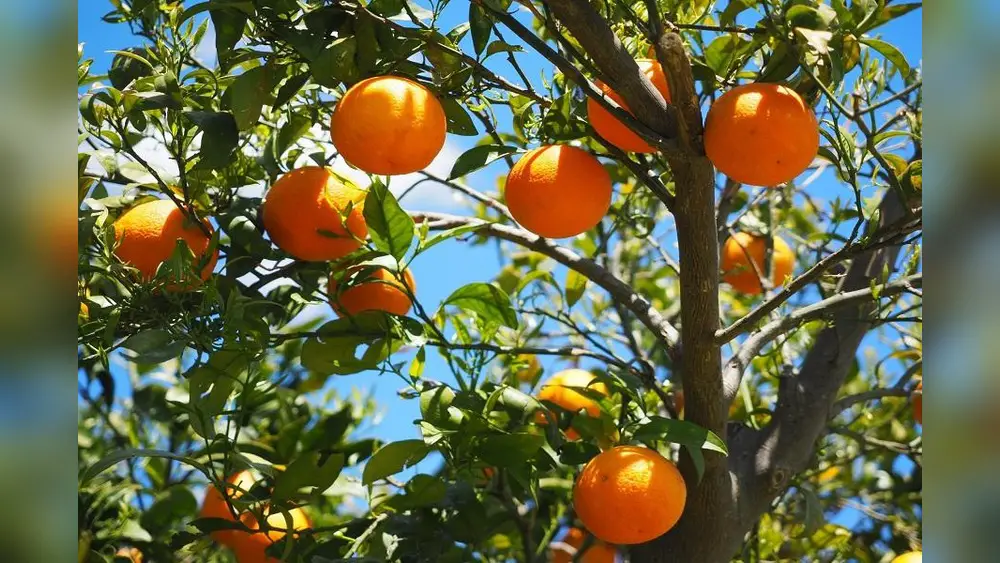If you’re thinking about planting an orange tree in Florida, timing is everything. Planting at the right moment can make all the difference between a struggling sapling and a thriving, fruit-bearing tree.
You want to give your orange tree the best chance to grow strong roots and produce juicy, sweet oranges year after year. In Florida’s unique climate, knowing when to plant can save you time, effort, and frustration. Keep reading to discover exactly when the best time to plant your orange tree is, plus easy tips to help your tree flourish from the very start.
Your perfect orange harvest begins here!
Ideal Planting Months
Choosing the right months to plant an orange tree in Florida sets the stage for strong growth. The ideal planting period falls between late spring and early fall. This timeframe offers warm temperatures and frequent rains that help young trees develop deep roots quickly. Selecting the proper planting month can reduce stress on the tree and improve fruit production.
Planting at the right time supports healthy development and reduces risks from weather extremes. The soil is warm enough to encourage root activity, while the air remains mild enough to avoid heat stress. These conditions create a welcoming environment for orange trees to thrive.
Summer Planting Benefits
Summer months, especially from July to September, provide warmth and humidity needed for orange trees. This season has longer daylight hours that boost photosynthesis. Frequent rains during summer keep the soil moist, helping roots establish faster.
Planting in summer allows the tree to grow before cooler months arrive. Young trees can build strong root systems, preparing them for future growth. Summer planting also leads to earlier fruit production compared to other seasons.
Fall Planting Advantages
Fall is another good time to plant orange trees in Florida. Cooler air temperatures reduce heat stress on young trees. The soil remains warm from summer, encouraging root growth even as the air cools.
Fall planting gives trees a chance to settle before winter. This period offers less evaporation, so the soil holds moisture longer. Trees planted in fall often show steady growth in spring.
Avoiding Winter Planting
Winter months bring cooler temperatures and less rain in Florida. These conditions slow down root development and can stress young orange trees. Planting during winter increases the risk of frost damage to tender roots and shoots.
Cold soil limits water absorption and nutrient uptake. Trees planted in winter may struggle to grow and recover. Avoiding winter planting helps ensure your orange tree starts strong and healthy.
Choosing The Perfect Location
Choosing the perfect location for planting an orange tree in Florida is key to healthy growth and good fruit production. The site must meet the tree’s basic needs for sunlight, protection from wind, and suitable soil. A well-chosen spot helps the tree develop strong roots and resist Florida’s weather challenges. Focus on these three main factors to find the ideal place.
Sunlight Requirements
Orange trees need full sun to thrive. Choose a location that gets at least six to eight hours of direct sunlight daily. Sunlight fuels photosynthesis, helping the tree produce sweet, juicy fruit. Avoid shaded areas near tall buildings or large trees. Planting in full sun improves flower and fruit development.
Wind Protection Tips
Strong winds can damage young orange trees and dry out the soil. Find a spot sheltered from harsh winds by natural barriers like fences or walls. Planting near a windbreak or dense shrubs reduces wind impact. Protecting the tree from wind stress helps it grow faster and stay healthy.
Soil Considerations
Orange trees prefer well-drained, sandy soil common in Florida. Check that the soil is loose and drains water quickly to avoid root rot. Avoid heavy clay or waterlogged spots. Adding organic matter can improve soil structure and fertility. Good soil supports root growth and nutrient uptake for the tree.
Planting Techniques
Proper planting techniques form the base of a healthy orange tree in Florida. They help the tree grow strong roots and bear fruit faster. Following the right steps ensures the tree adapts well to the Florida climate and soil.
Proper Depth And Spacing
Plant the orange tree at the same depth it grew in the nursery. Avoid planting too deep or too shallow. Space trees about 12 to 15 feet apart for good air circulation. Proper spacing reduces disease risk and allows enough sunlight.
Using Native Soil
Use native soil to fill the hole after placing the tree. Native soil contains nutrients the tree needs to grow. Avoid adding too much fertilizer or foreign soil that might harm root growth. Gently press soil around the roots to remove air pockets.
Watering Schedule
Water the tree immediately after planting to settle the soil. Keep the soil moist but not waterlogged in the first few weeks. Water deeply once or twice a week depending on rainfall. Adjust watering during dry spells to prevent stress on the tree.

Credit: www.familyhandyman.com
Caring For Young Orange Trees
Caring for young orange trees in Florida requires attention and consistent care. These trees are delicate and need proper care to grow strong and healthy. Starting with good soil and proper watering sets the foundation. But ongoing care is just as important to ensure the tree thrives.
Young orange trees need nutrients, protection from pests, and soil care. Each step helps the tree develop a good root system and healthy leaves. This section covers key tips for fertilizing, controlling pests and diseases, and using mulch effectively.
Fertilizing Tips
Use a balanced fertilizer designed for citrus trees. Apply fertilizer three times a year: early spring, early summer, and late fall. Spread the fertilizer evenly around the tree but keep it away from the trunk. Water the tree after fertilizing to help nutrients soak into the soil. Avoid over-fertilizing as it can damage roots and leaves.
Pest And Disease Control
Inspect young trees regularly for pests like aphids, scale, and mites. Use insecticidal soap or neem oil to treat infestations. Remove any damaged or diseased leaves promptly to stop spread. Keep the area around the tree clean to reduce pests hiding places. Healthy trees resist diseases better, so focus on good care.
Mulching Benefits
Mulch helps keep soil moist and cool, which young trees need. Apply a 2-3 inch layer of organic mulch around the base, but not touching the trunk. Mulch reduces weeds that compete for water and nutrients. It also improves soil quality as it breaks down. Replace mulch yearly to keep benefits strong.
Factors Affecting Fruit Production
Several factors affect how well an orange tree produces fruit in Florida’s climate. Understanding these factors helps growers choose the right tree and care for it properly. This knowledge leads to healthier trees and better harvests.
Grafted Vs Seed-grown Trees
Grafted orange trees usually start fruiting faster than seed-grown ones. Grafting joins a strong root system with a fruit-producing branch. Seed-grown trees take longer to mature and may not produce consistent fruit. Grafted trees also resist diseases better, improving fruit quality.
Variety Differences
Different orange varieties have unique growth habits and fruiting times. Some produce fruit earlier, while others yield sweeter or juicier oranges. Choosing the right variety for Florida’s weather and soil affects fruit quantity and taste. Local nurseries can guide you on the best varieties.
Tree Age And Size Impact
Young orange trees need time to grow before producing fruit. Generally, trees begin fruiting at 2 to 3 years old. Larger, mature trees produce more fruit than smaller ones. Proper pruning and care help trees grow strong and increase fruit yield over time.
:max_bytes(150000):strip_icc()/SPR-orange-tree-growing-guide-6541613-03-ccf4359ee0ea4342bca74e06439b02b2.jpg)
Credit: www.thespruce.com
Common Challenges In Florida
Growing orange trees in Florida offers many rewards but also presents unique challenges. The state’s climate, soil, and weather patterns can affect tree health and fruit production. Knowing these challenges helps gardeners plan better care for their orange trees. Addressing these issues early leads to stronger trees and better harvests.
Cold Weather Protection
Florida can experience sudden cold snaps. These drops in temperature can harm orange trees. Young trees are especially vulnerable to frost damage. Cover trees with blankets or frost cloth at night. Use mulch around the base to protect roots. Avoid watering just before a freeze, as wet soil can worsen cold damage.
Dealing With High Humidity
Florida’s high humidity promotes fungal diseases. Diseases like citrus greening and root rot can affect orange trees. Good air circulation reduces moisture buildup on leaves. Prune trees regularly to open the canopy. Use fungicides when needed, following product directions. Plant trees with enough space to avoid overcrowding.
Managing Soil Drainage
Florida soils often hold too much water after rain. Poor drainage can cause root rot and slow growth. Plant orange trees in raised beds or mounds. Add organic matter to improve soil texture. Avoid heavy clay soils or areas where water pools. Ensure water drains away from the tree base quickly.
Harvesting Orange Trees
Harvesting orange trees in Florida requires attention and care. Knowing the right time to pick oranges ensures sweet, juicy fruit. Proper harvesting helps maintain tree health and promotes future growth. This section covers how to recognize ripe oranges, the best timing for harvest, and care after picking.
Signs Of Ripeness
Oranges show clear signs when ready to harvest. Their skin turns bright orange with little green. The fruit feels firm but slightly soft when gently squeezed. A ripe orange smells sweet near the stem. Taste testing a few fruits is the best way to confirm ripeness.
Harvest Timing
Harvest oranges in Florida from late fall to early spring. Picking too early results in sour fruit. Waiting too long can cause the fruit to dry out or fall. Pick oranges in the morning for best flavor and freshness. Use sharp clippers or twist the fruit gently to avoid damage.
Post-harvest Care
Handle oranges carefully after picking to avoid bruising. Store fruit in a cool, dry place away from direct sunlight. Avoid washing the fruit until ready to eat to extend shelf life. Regularly check stored oranges and remove any spoiled ones to prevent spread. Proper care keeps oranges fresh and tasty longer.
Credit: www.thespruce.com
Frequently Asked Questions
When Should You Plant An Orange Tree In Florida?
Plant orange trees in Florida from July to October during warm, rainy months. Choose a sunny spot with wind protection for best growth.
What Is The Best Time To Plant Fruit Trees In Florida?
The best time to plant fruit trees in Florida is during the rainy season, from late May to October. This period offers heat and consistent rainfall, promoting strong root growth. For deciduous trees, plant in winter, preferably January, after dormancy to help roots establish before summer heat.
How Many Years Does It Take For An Orange Tree To Bear Fruit?
An orange tree typically takes 3 to 5 years to bear fruit. Proper care and planting conditions speed up fruit production.
What Is The Best Orange Tree To Grow In Florida?
The best orange tree for Florida is the Valencia orange. It thrives in Florida’s climate and produces sweet, juicy fruit. Plant it in full sun with well-drained soil for optimal growth. Regular watering and protection from strong winds enhance its health and fruit yield.
Conclusion
Plant orange trees in Florida between July and October for best growth. The warm weather and rain help roots develop quickly. Choose a sunny spot with some wind protection. Water the tree regularly after planting to keep soil moist. Planting at the right time gives your tree a strong start.
Healthy roots lead to better fruit production. Keep caring for your tree throughout the year. Patience pays off with juicy, sweet oranges from your own tree. Start planting now and enjoy homegrown citrus soon.

